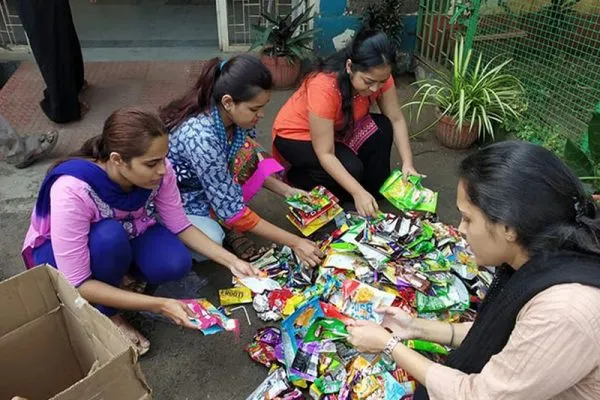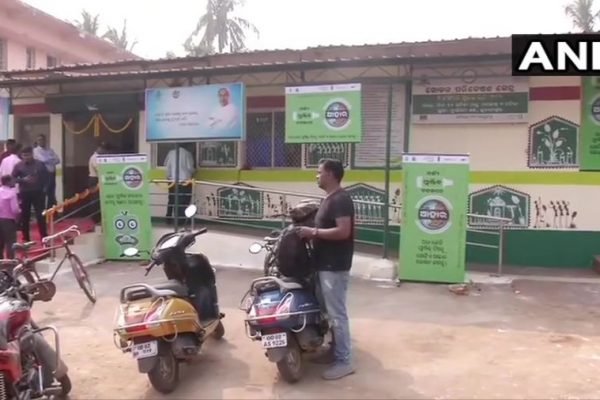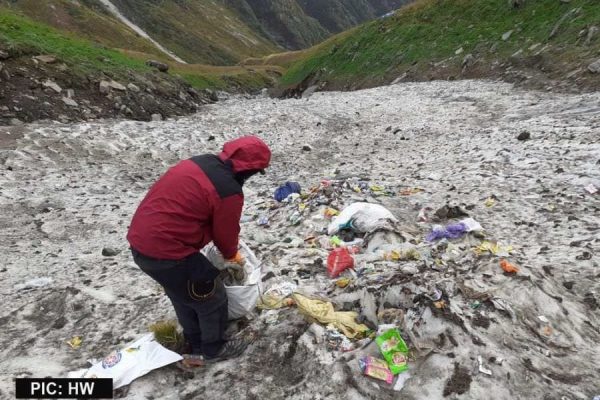Indian railway installing eco-friendly ‘zero toilet discharge’ on coaches to keep tracks clean
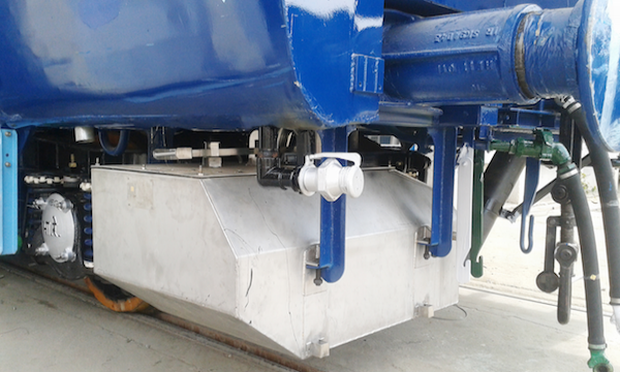
It’s been a couple of years that Indian railway has been testing eco-friendly ‘zero toilet discharge’ system in railway coaches. Now, it has announced that it will make two routes, Kanalus-Dwarka-Okha and Porbunder- Wansjalya, in Gujarat free from unhygienic and non-ecofriendly practice of open discharge.
The pace of development is slow in India, but still the government is forced to wake up, try to keep up with the developed world. Open discharge of human waste from Indian rail coaches always landed onto railway tracks. The stench made the track and railway stations really unpleasant experience, but not for Indian passengers.
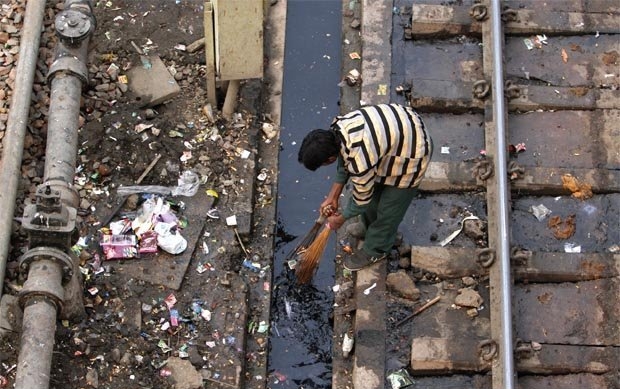
Open waste discharge always haunted Indian railway as it has one of the world’s largest rail network (115000 km track over a route of 65,436 km). The number of passenger coaches was 46,722 as on 31 March 2012 and Indian railway transported 8.397 billion passengers annually according to 2014-15 statistics. The daily average flux of passengers is about 23 million.
It generated a revenue amounting to over US$6.4 billion in 2014-15 fiscal from passengers tickets only. So, it’s a matter of huge concern for India how to keep railway track clean and dispose human waste in environment friendly manner.
Open discharge also damage tracks and concrete base beneath tracks. The tracks become unhygienic for manual maintenance work.
However, the ‘zero toilet discharge’ units are likely to attend this issue very effectively. The toilets are developed by the Department of Civil Engineering, IIT Kanpur. The toilets have two chambers to keep solid and liquid separate.
According to the Centre for Science and Environment:
A specialised structure ‘separator’ diverges the liquid (urine and flushed water) in the outward direction and is collected in a tank while the solid part in the form of slurry is dropped into another chamber called retention tank. The fecal slurry is collected and converted into manure through composting. The liquid is further treated and reused for flushing the toilets.
These bio-toilets have specially developed bacteria to break down and digest the solid part. The only discharge is liquid that is recycled for further use like flushing.
These toilets are easy to install with very minimalistic maintenance requirements. No additional energy is required as the toilet do not require electric-motor driven mechanism. These bio-toilets are easy to maintain and ensure maintenance of hygienic conditions at tracks and railway stations.
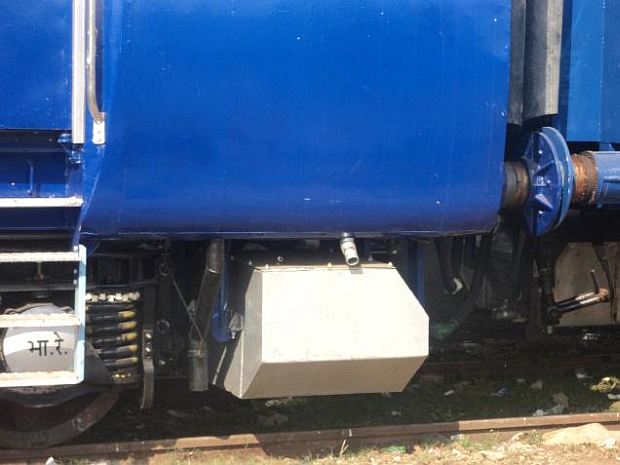
The cost of installing four ‘ zero discharge toilet’ stands at Rs 3 lakh.
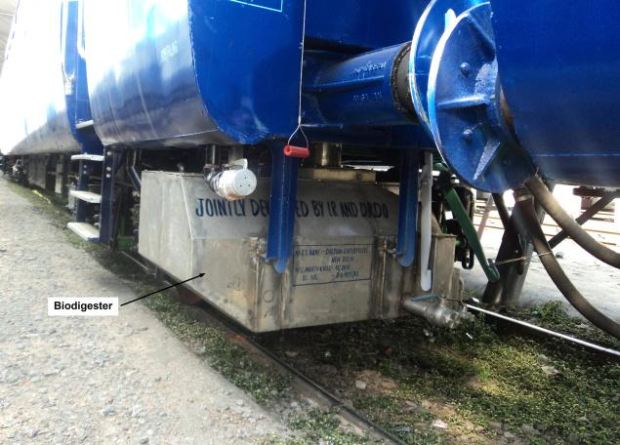
As the Indian Railway Board claims, 17,000 such toilets have already been installed by the end of March 2015. The board aims to install another 17,000 in this fiscal.
However, there is a huge obstacle in the way of making Indian railway track clean – the public indifference and lack of awareness among railway staff.
Reporting the irony of Indian passengers, an article in the Hindu said:
Despite the promising setup, engineers lament on the lack of awareness among the cleaning staff or ‘safaiwalas’. Once fitted, the bio-toilets can function for almost two years with little maintenance. But, the staffs are not adequately trained on the new technology and they resort to their traditional cleaning methodologies with the help of disinfectants and acids, causing more damage. In addition to this, train maintenance staff complain about apathy among the passengers, who despite the signs, dump items like diapers, plastic bags, bottles and sanitary napkins into the toilet, rendering the system ineffective.
Littering and unsafe waste disposal had begun to trouble India decades ago. Previous and present Indian government, so far, have failed to attend the issue seriously. Along with average Indian man, the politicians too lack awareness and concern regarding hygiene, littering habits, and creating awareness among people.
Moreover, majority of Indian population is caught in the web of tough survival games. Their social development and consciousness is restrained due to poverty. In addition to that, widespread and blatant corruption in Indian government system is dragging India behind other countries.
